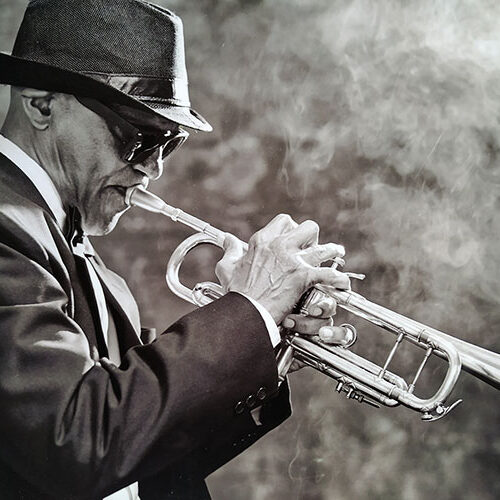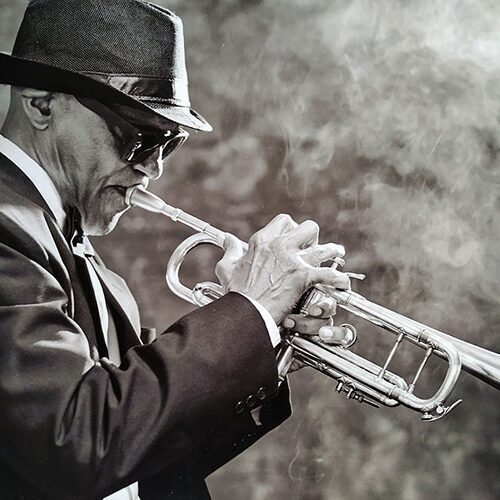The blues is a genre of music that has profoundly influenced the landscape of American music and culture. Its roots can be traced back to the African American communities in the Deep South of the United States in the late 19th and early 20th centuries. The genre emerged as a powerful form of expression for African Americans, reflecting their experiences, struggles, and hopes.
Origins and Early Development
The blues originated from spirituals, work songs, field hollers, shouts, and chants. These forms of music were integral to the daily lives of African Americans, particularly those who were enslaved or working in the fields. The rhythmic elements and call-and-response patterns of African musical traditions were blended with the musical structures and harmonies of European folk music, giving birth to the blues.
One of the earliest forms of blues was the “Delta blues,” named after the Mississippi Delta, a region that produced many influential blues musicians. Early blues was characterized by its use of the “blue notes,” a specific set of notes that convey a sense of longing or melancholy. These notes typically involve the flattening of the third, fifth, and seventh notes of the major scale.
The Pioneers
The early 20th century saw the rise of several blues pioneers who played a critical role in shaping the genre. Charley Patton, often considered the “Father of the Delta Blues,” was known for his powerful voice and innovative guitar techniques. His songs often dealt with themes of hardship and oppression.
Another seminal figure was Robert Johnson, whose intricate guitar work and soulful voice left an indelible mark on the genre. Legends about Johnson’s life, including the famous tale of him selling his soul to the devil at a crossroads to gain his musical prowess, added a mystical element to his legacy.
The Spread of the Blues
The Great Migration, which saw millions of African Americans move from the rural South to urban centers in the North, played a crucial role in the spread of the blues. Cities like Chicago, Detroit, and New York became hotbeds for the genre. In these urban environments, the blues began to evolve, incorporating electric instruments and becoming louder and more aggressive.
In Chicago, the “Chicago blues” style emerged, characterized by the use of electric guitar, harmonica, and a full rhythm section. Muddy Waters and Howlin’ Wolf were among the key figures of this style, bringing a raw and powerful sound that resonated with many.
Blues and Other Genres
The influence of the blues extended far beyond its own boundaries, impacting a wide range of other musical genres. Jazz, which developed around the same time, borrowed heavily from the blues in terms of form and improvisation. Rock and roll, which emerged in the mid-20th century, was deeply rooted in the blues. Artists like Elvis Presley, Chuck Berry, and Little Richard drew inspiration from blues musicians, blending it with other styles to create a new, energetic sound.
The Revival and Legacy
The 1960s and 1970s witnessed a blues revival, particularly in the United States and the United Kingdom. British bands such as The Rolling Stones, Led Zeppelin, and The Yardbirds were heavily influenced by American blues artists. This period also saw the emergence of white American blues musicians, such as Stevie Ray Vaughan and Bonnie Raitt, who brought new energy and audiences to the genre.
The legacy of the blues is evident in its ongoing influence on contemporary music. It laid the groundwork for many modern genres, from hip-hop to indie rock. The emotional depth and authenticity of the blues continue to resonate with musicians and listeners worldwide.
Conclusion
The history of the blues is a testament to the power of music as a form of personal and collective expression. From its roots in African American communities in the South to its global influence today, the blues has remained a vital and evolving genre. Its themes of love, loss, hardship, and resilience speak to the universal human experience, ensuring its place as a cornerstone of American music and culture.


No responses yet